1. Pet Food Left Outside
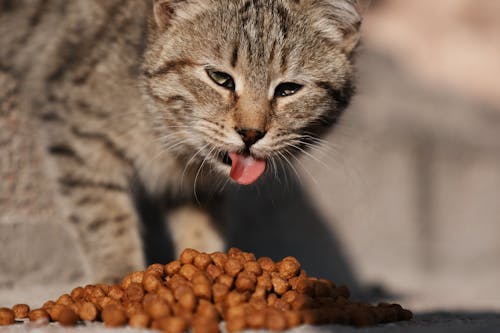
That half-finished bowl of kibble you left out for your dog? Raccoons, opossums, and even rodents see it as an open buffet. These critters have an amazing sense of smell, and once they know there’s food, they’ll keep coming back for seconds. What starts with a quick snack can turn into nightly visits you didn’t sign up for.
The problem goes beyond just attracting wild animals—it can also bring in ants, roaches, and flies. Over time, this can make your yard feel less like your space and more like theirs. If feeding outdoors is unavoidable, it helps to clean up right after and store food in sealed containers. Small habits go a long way in cutting down unwanted traffic.
2. Standing Water
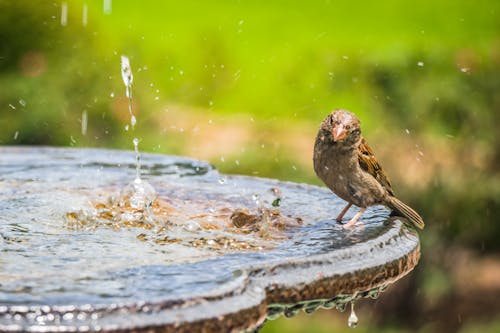
If you’ve got puddles, birdbaths, or clogged gutters holding water, you’re basically sending out VIP invitations to mosquitoes. These pests only need a tiny bit of stagnant water to breed, and once they do, you’ll feel it every time you step outside. Beyond the itchy bites, mosquitoes can also carry diseases like West Nile virus or Zika, depending on where you live. It doesn’t take much—just a forgotten saucer under a flowerpot can get them started.
It’s not just mosquitoes that love water, though. Frogs, raccoons, and even snakes may wander closer if they know there’s a steady supply. Keeping water moving, like with a fountain, or emptying containers regularly can make a big difference. Even checking after rainstorms can stop problems before they grow into infestations.
3. Compost Piles

Composting is great for the environment, but if it’s done carelessly, it’s basically a welcome mat for pests. Rats and raccoons love scraps like fruit peels, bread, and other kitchen leftovers. Flies will also zero in, laying eggs that can hatch into maggots in just a few days. Before long, your eco-friendly project can feel like a magnet for the wrong kind of guests.
The key issue is smell—if your pile isn’t managed properly, the odor carries. Critters don’t care that you’re trying to be sustainable; they just smell food. Using a closed compost bin and avoiding things like meat, dairy, and oily foods helps reduce the appeal. Layering “greens” with “browns” can also keep smells down and decomposition steady.
4. Fruit Trees
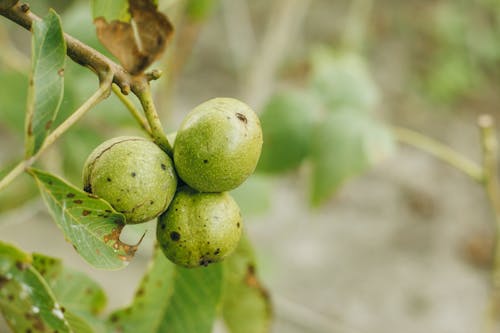
If you’ve got fruit trees, you already know the joy of fresh produce. But when fruit falls and rots on the ground, it becomes a feast for raccoons, squirrels, wasps, and even bears in some regions. The sugary scent carries farther than you might think, pulling in hungry visitors. It’s not just about who comes—it’s also about how many show up once the word spreads.
Cleaning up fallen fruit regularly makes a big difference. Even fruit that looks half-decent can attract animals before you get to it. Harvesting on time keeps the treats in your kitchen instead of outside for strangers. Think of it as keeping the party indoors where you’re actually invited.
5. Bird Feeders
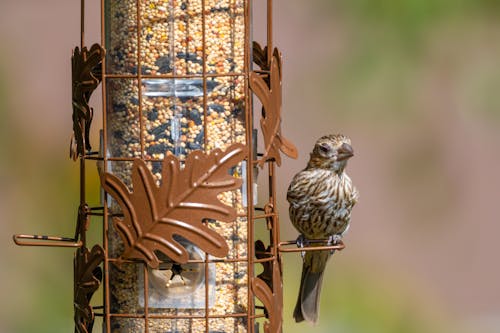
Bird feeders are a classic backyard feature, but they don’t just attract birds. Squirrels, chipmunks, rats, and raccoons are quick to notice a free food source. Once seeds spill on the ground, they’ll draw in even more critters. In some cases, birdseed can even attract bears if they’re around in your area.
The problem isn’t always the feeder itself—it’s the mess around it. Regularly cleaning under the feeder helps reduce scavengers. Choosing feeders designed to be “squirrel-proof” can also slow things down. It’s all about managing the buffet before it gets too popular.
6. Tall Grass and Weedy Patches

That overgrown corner of the yard might look harmless, but it’s prime real estate for ticks and rodents. Tall grass gives small critters cover, making them feel safe to move around. Snakes are also more likely to slither through spots where they can stay hidden. Before long, the area turns into a small ecosystem you didn’t mean to build.
Ticks especially love tall, shady grass because it keeps them cool and close to potential hosts like pets or people. Clearing it regularly makes your yard less appealing for them. Even trimming once a week during peak season can cut down on unwanted hitchhikers. Keeping things neat doesn’t just look better—it actually protects you, too.
7. Outdoor Lighting
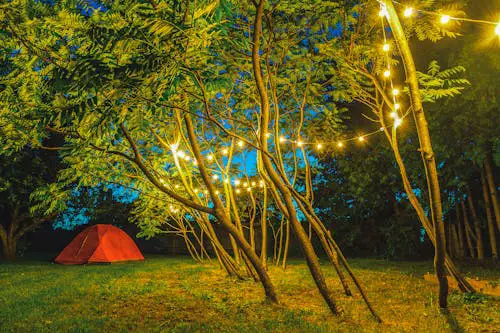
That warm glow you love in the evening? Bugs love it even more. Moths, beetles, and mosquitoes are drawn to light, and once they gather, predators like spiders and bats may follow. The more bugs you attract, the more likely bigger critters will come looking for a snack.
It’s not that you can’t enjoy lighting—it’s about choosing wisely. Yellow or amber bulbs attract fewer insects than traditional white ones. Motion-sensor lights cut down on how long they stay on, lowering the insect rush. A little planning can keep your backyard cozy without the swarm.
8. Woodpiles
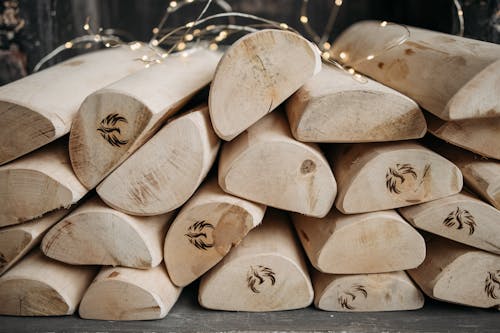
Stacking firewood might feel practical, but to mice, snakes, and insects, it’s the perfect hideout. The gaps between logs create sheltered spots that stay cool and dry. Once critters set up shop, it’s hard to notice until the pile is teeming with activity. If the stack is near your house, you risk them making the jump indoors.
Termites and carpenter ants are especially drawn to damp wood. That makes woodpiles a double threat: they shelter animals and feed bugs that cause structural damage. Storing wood off the ground and away from walls helps cut down the risk. Covering the pile with a tarp can also make it less inviting.
9. Garbage Bins
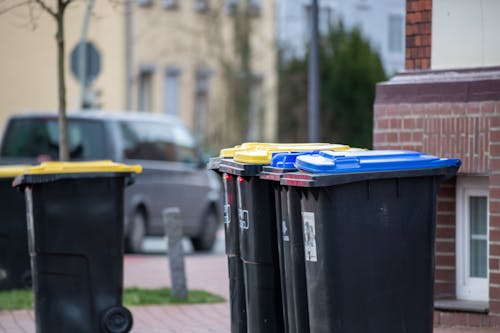
Few things draw critters faster than an overflowing trash can. Raccoons, rats, and stray cats can smell leftovers from surprisingly far away. Once they learn your bin is easy to access, it becomes a nightly stop. Over time, they may even start bringing friends.
The trick is keeping things sealed. Lids that snap tight and bins stored in shaded, less obvious spots can make a big difference. Cleaning the inside now and then helps eliminate odors that linger even when the bin looks empty. A little maintenance goes a long way in stopping repeat visitors.
10. Ponds Without Maintenance
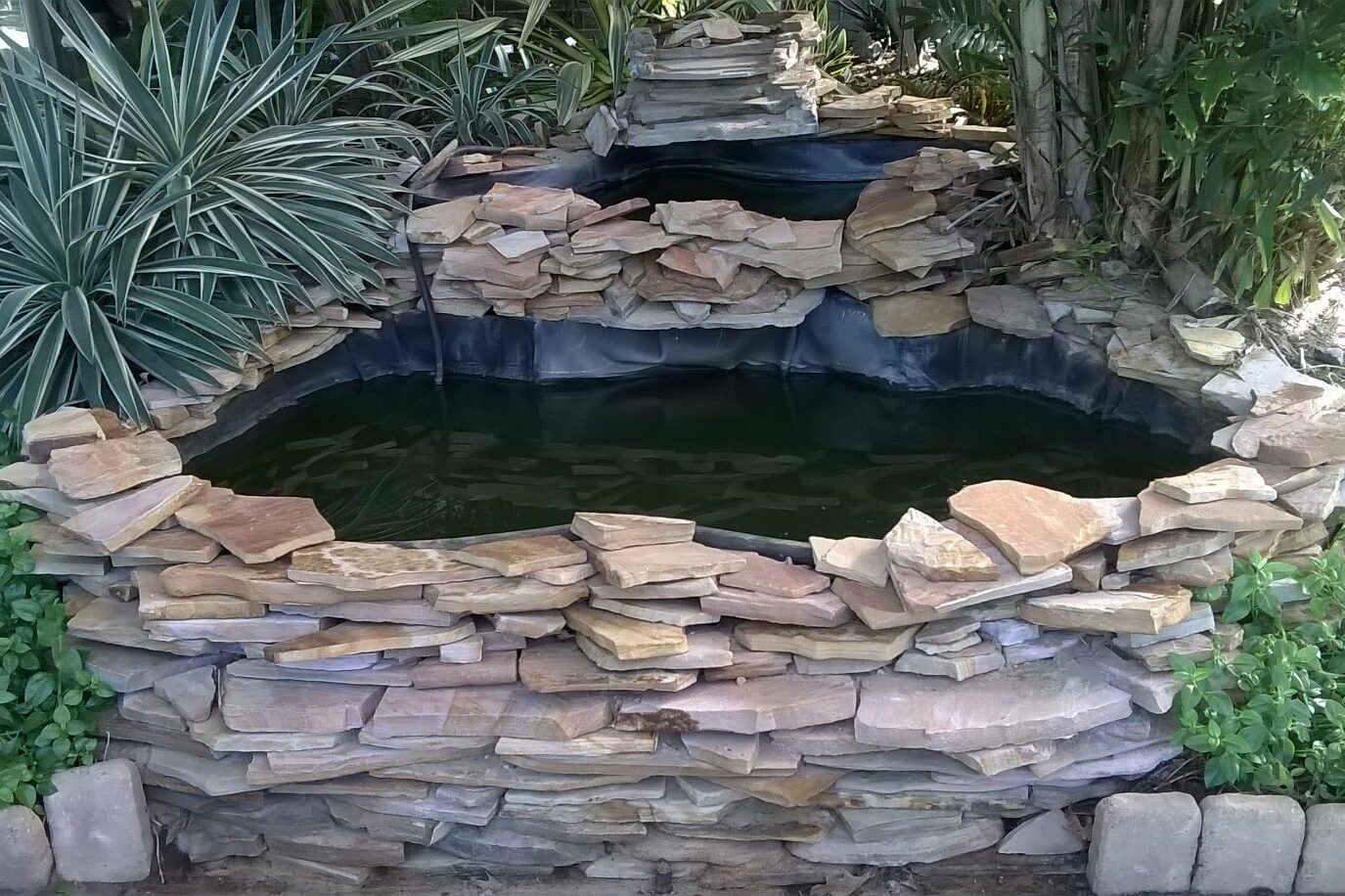
A backyard pond sounds peaceful, but without proper upkeep, it quickly attracts trouble. Mosquitoes thrive in still water, and algae growth can pull in all kinds of insects. Those insects then attract frogs, snakes, and other critters you may not want nearby. A neglected pond can go from pretty to problematic in no time.
Adding a pump or fountain helps keep water circulating, making it less mosquito-friendly. Skimming debris regularly keeps things cleaner and less appealing. Fish can also help by eating insect larvae before they hatch. With some attention, your pond can stay a feature instead of a problem.
11. Flowering Shrubs Near the House

Shrubs with lots of blooms are gorgeous, but they’re also bug magnets. Bees, wasps, and beetles love the nectar, and where bugs go, predators may follow. If shrubs are planted close to your home, you’re more likely to see activity near windows and doors. That makes it easier for critters to wander inside.
Spacing shrubs a little farther away helps cut down on issues. Trimming regularly also keeps them less dense, reducing hiding spots. If you love having flowering plants, consider varieties less attractive to pests. It’s about finding balance between beauty and practicality.
12. Decks with Gaps Underneath
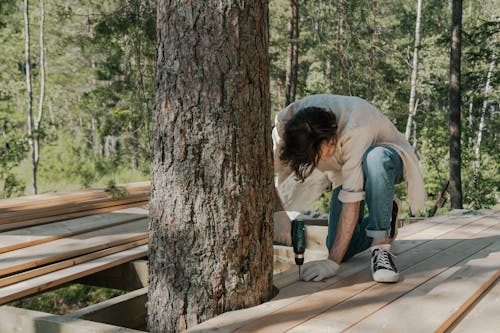
The dark, cool space under a deck is prime territory for skunks, groundhogs, and even stray cats. To them, it’s basically a ready-made shelter with no rent due. Once they move in, you’ll start noticing signs like dug-up soil or unusual smells. It’s much easier to prevent than to evict.
Sealing off access with mesh or lattice makes the area less inviting. Adding gravel or stones underneath also reduces appeal since it’s harder to burrow. The goal is to make the space look like too much work for potential squatters. A little prevention saves a lot of headaches later.
13. Unsecured Chicken Coops
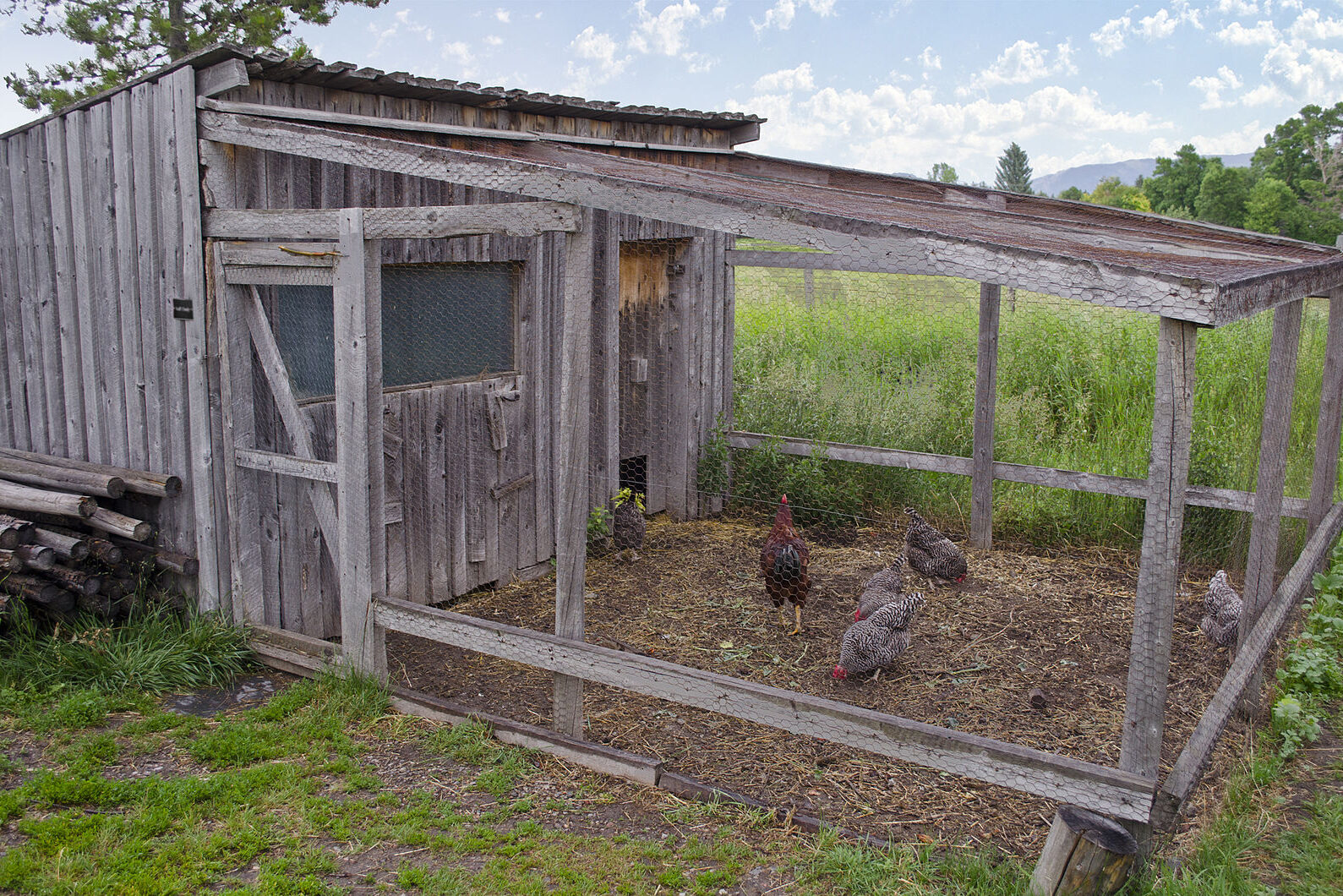
Backyard chickens are becoming more popular, but unsecured coops are a predator’s dream. Raccoons, foxes, and even neighborhood dogs will test weak spots for a free meal. If they succeed once, they’ll keep coming back, sometimes with others in tow. It can be heartbreaking to lose birds this way.
The key is building a coop that’s sturdier than it looks. Hardware cloth is stronger than chicken wire, and burying fencing a foot underground stops diggers. Closing things up tight at night also makes a big difference. Secure housing keeps both your chickens and your backyard safer.
14. Leaf Piles
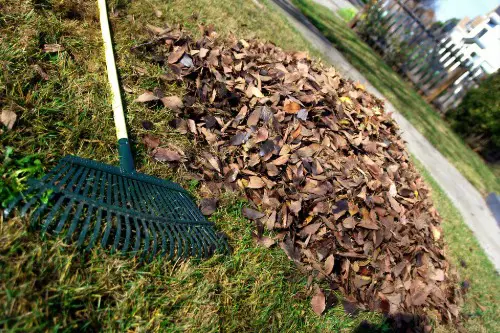
That giant leaf pile waiting to be bagged? To animals, it’s like a luxury hotel. Rodents, insects, and even snakes love the warmth and cover it provides. The longer the pile sits, the more likely something will move in. What looks like harmless clutter can turn into a pest zone fast.
Bagging leaves sooner rather than later reduces the risk. Mulching them for garden use is another good option. If you want to keep a pile for kids or pets to play in, make sure it doesn’t stick around for weeks. The fun part is fine—the problem comes when it overstays its welcome.
15. Outdoor Pet Waste

It’s not pleasant to think about, but pet waste is a major attractant for flies and rodents. Flies use it to breed, which means more buzzing and more problems inside and outside. The smell also pulls in scavengers who aren’t picky about where they get their food. Left unattended, it can turn a yard into a hotspot for all the wrong visitors.
Cleaning up regularly keeps the problem from escalating. Using sealed bags or a designated pet waste bin helps manage odors. Some people even use pet waste digesters that bury and break it down safely. Staying on top of it keeps your yard clean and critter-free.
This post 15 Backyard Features That Attract Critters You Don’t Want was first published on Greenhouse Black.
